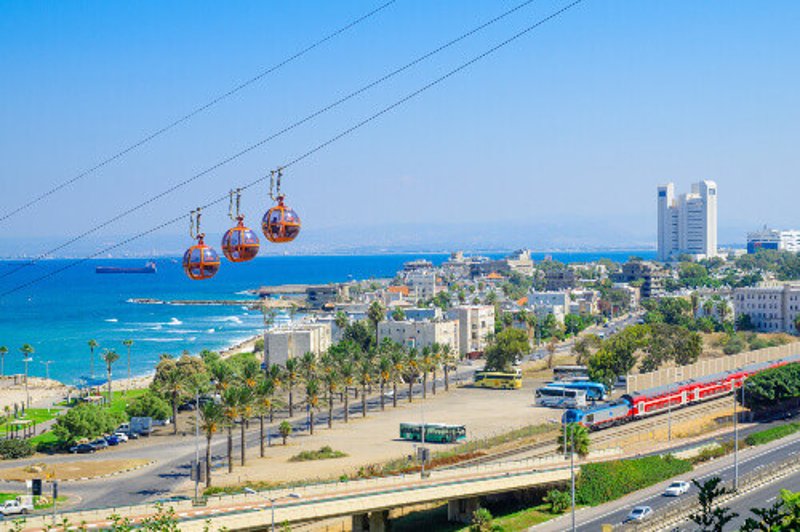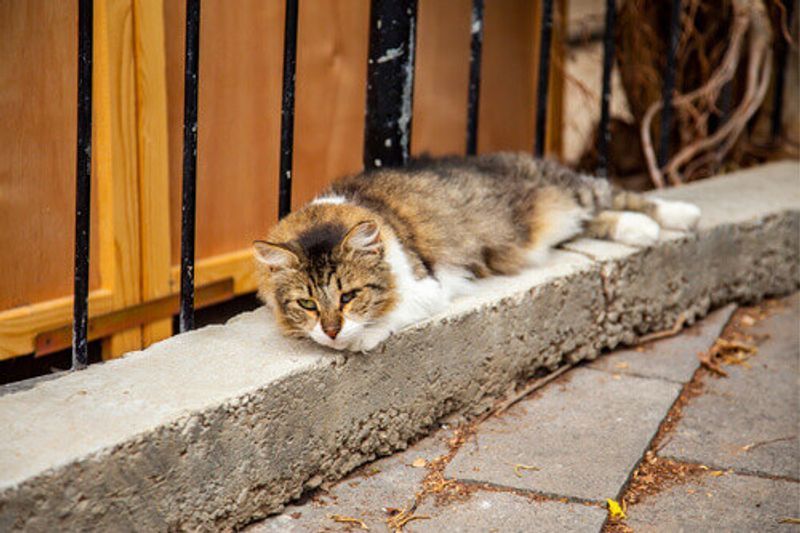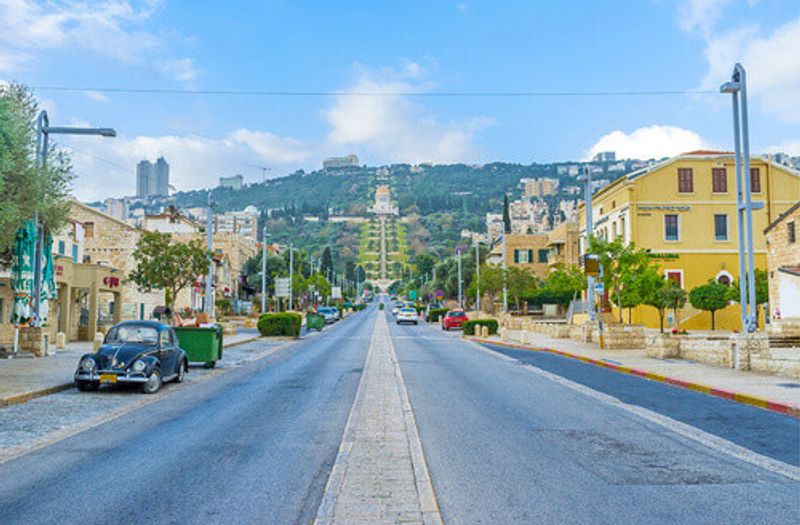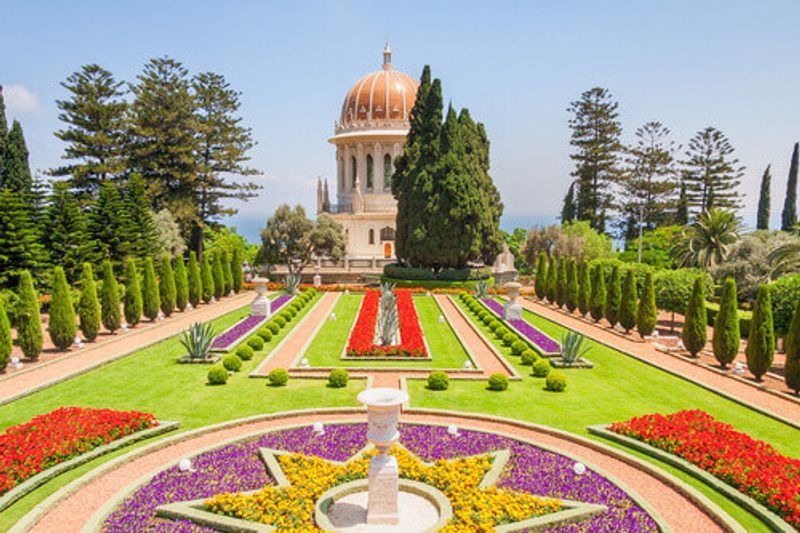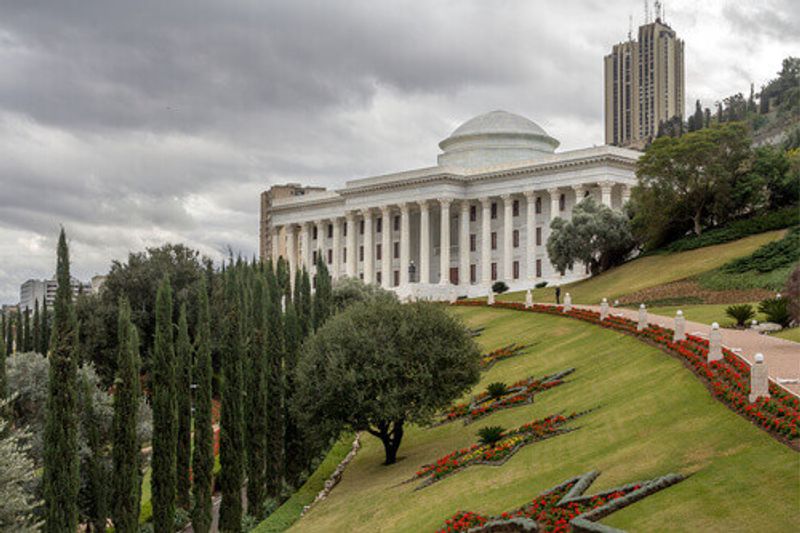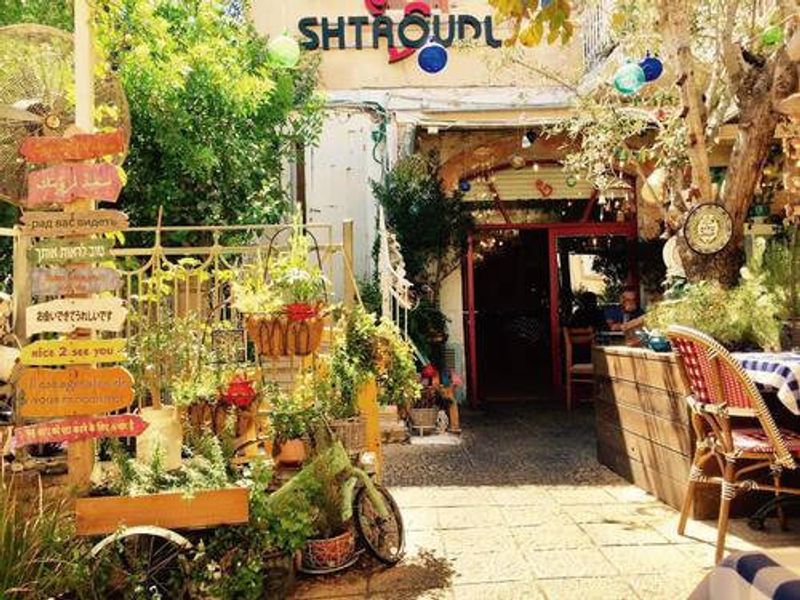Israel’s third-largest metropolis is the country’s biggest and most ‘mixed’ city
Reclining on a narrow coastal strip between the Mediterranean and the Carmel mountain range sits Haifa, a sloping stroll from the beach to mountainside will give the curious visitor the shape of it.
Haifa is Israel's most mixed city where Jews and Arabs show, day after day, that harmonious co-existence is possible.
Station yourself at Bat Galim Parade, at the very northern tip of the port city on the Mediterranean coastline. The only way is up, and Mount Carmel awaits. To gather your energy for the hour-long plod up winding roads and stairways, you can avail yourself of the many beachfront coffee shops here, or survey the National Maritime Museum (think maritime mythology, Greco-Roman treasure, Jewish seafaring exploits), just steps away.
But it’s present-day life you’ve really come to see. And as you walk the inclining streets, you’ll witness this in abundance – along with many a stray feline.
Resting placidly above the energetic bustle of city and dock is Haifa's most celebrated sight, the Baha'i Shrine and tropical gardens that tumble down – and dominates – the mountainside. The Baha’i is an organisation that seeks, fittingly, to create a peaceful global society. If you didn’t stop for breath, or to turn your head for panoramic views of Haifa Port, the walk should take an hour.
You’re now inside the world's longest hillside gardens, draped in perfect symmetry across 19 steep terraces. Their regal European ambience – all gurgling fountains, trimmed hedges, immaculate lawns and stone balustrades – contrasts dramatically with the Mediterranean geography. Amazingly, these gardens were only laid out between 1989 and 2001, achieving UNESCO World Heritage status in 2008.
Catch the free, 45-minute Panorama Tour of the gardens at noon (every day except Wednesdays). Alas, the Baha’i buildings are closed to the public, though they are interesting enough on the outside. The Corinthian-columned, domed neoclassical Universal House of Justice houses the Baha’is’ spiritual and administrative governance.
The gardens are illuminated throughout the night; witness this sparkling view from the smart German Colony which sprawls just beneath the gardens. Founded in the late 1860s by German Templars, this is a small area of bright, red-roofed limestone cottages – mostly now gentrified cafes and restaurants. Shtroudl is the one to make a bee-line for, and snack on Arab café fare from decorative Armenian plates.
Want a more hearty meal? Eight minutes’ due east is Shawarma Emil (Derech Allenby 33), the place for a kebab and always chock-full with local carnivores. Or, if you’re heading back up north to the port, Abu Shaker serves what many consider the best hummus in town. These are both no-frills, Arab-run establishments attracting many a Jewish customer. And this shared existence is why the city is so special. People say that if all Israel and Palestine could be like Haifa, the region would be a much friendlier place.
